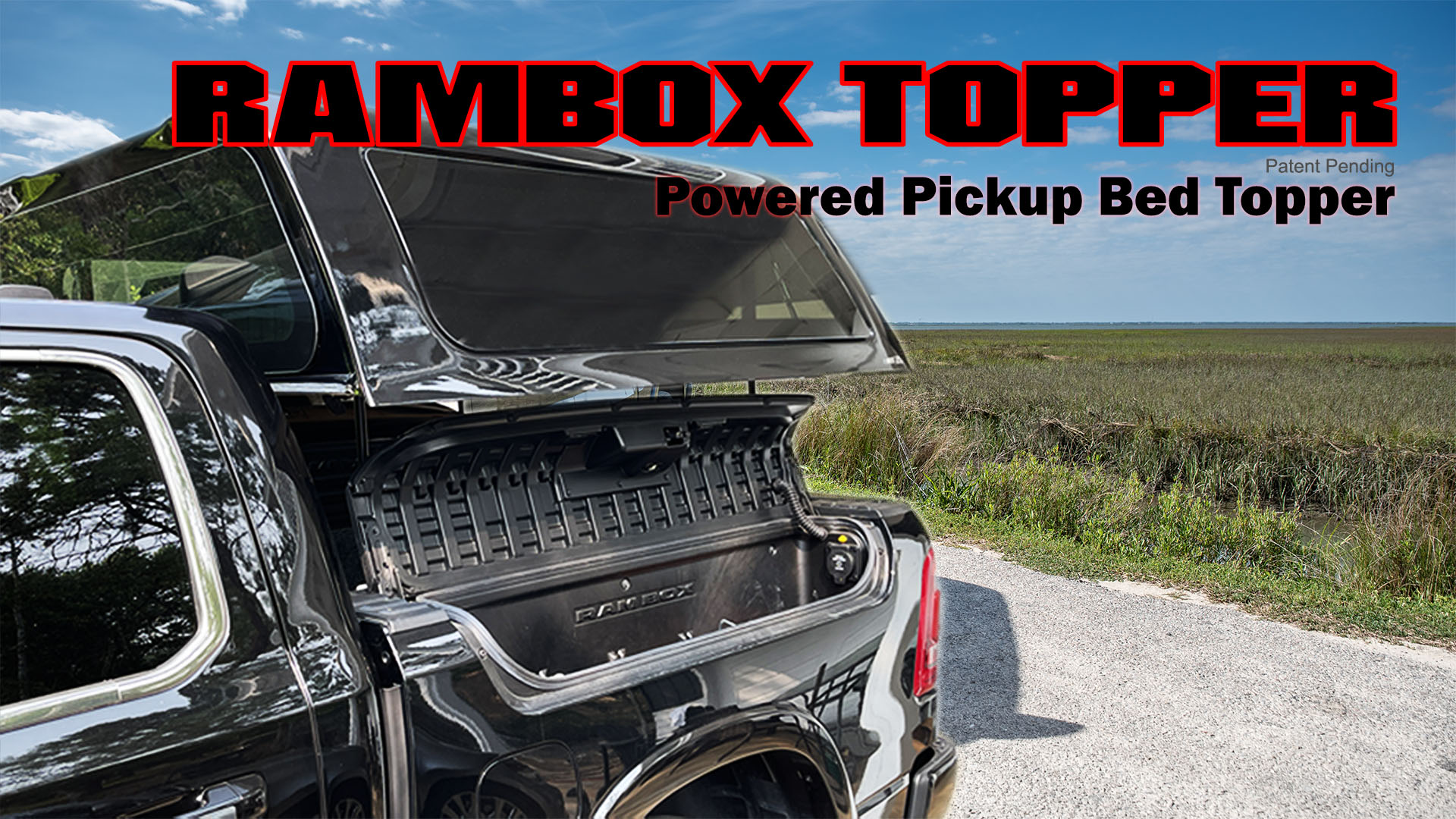I know I’m certainly not an automotive engineer or coolant specialist, I just go by (old) conventional wisdom.
I thought we were discussing coolant temps, not oil. I agree that quality synthetic oils can take the temperatures that you stated.
What I go by are statements like these (for coolants):
“Coolant temperature plays a crucial role in your vehicle’s performance. Normal operating coolant temperature usually ranges from 195°F to 220°F (90°C to 104°C). Staying within this range ensures efficient engine operation and prevents overheating.“. Source: carfluidguide.com
“The Dodge Ram 1500 coolant temperature should be between 195F and 220F during normal operation. Anything above that is considered high.”
Source: truckpowered.com
Previous thread on this forum on operating temperature (coolant) had a reply:
“I think the thermostat range is 204 - 220 or so, the fan usually kicks in at about 230F, at least on my 2019.
I typically don't see above 220F unless I'm in stop and go traffic or stuck at a stop light for a while. Even very slowly creeping up an off-road trail in the height of summer heat, I don't see more than 230F before it shoots down to 220F before the fan cuts off.”
You had replied to the same thread on June 6, 2024, something about: “Without a tune for the 180 stay, it won't do much”
Yet I am not following if you were agreeing to coolant temperatures or not.
Not interested in a pissing match.
What I have learned over the years is that you should keep
coolant below 230 max. Maybe that is all “back in the day” information, like uhh, when auto manufacturers used whale oil in vehicle transmissions. (Most peeps under 50 would have no idea that was used.)
From Motorbiscuit.com
“General Motors takes up whale oil.
Whale oil was once regularly used for many applications, including in the automotive field. While modern-day transmissions use a lot of synthetic oils, whale oil used to be the fluid that kept automatic transmissions running. It was popular in the vehicles
produced by General Motors up until the considerably recent past in the 1970s. According to the engineers at GM, whale oil was a great option because it prevented rust.”


 )
)












